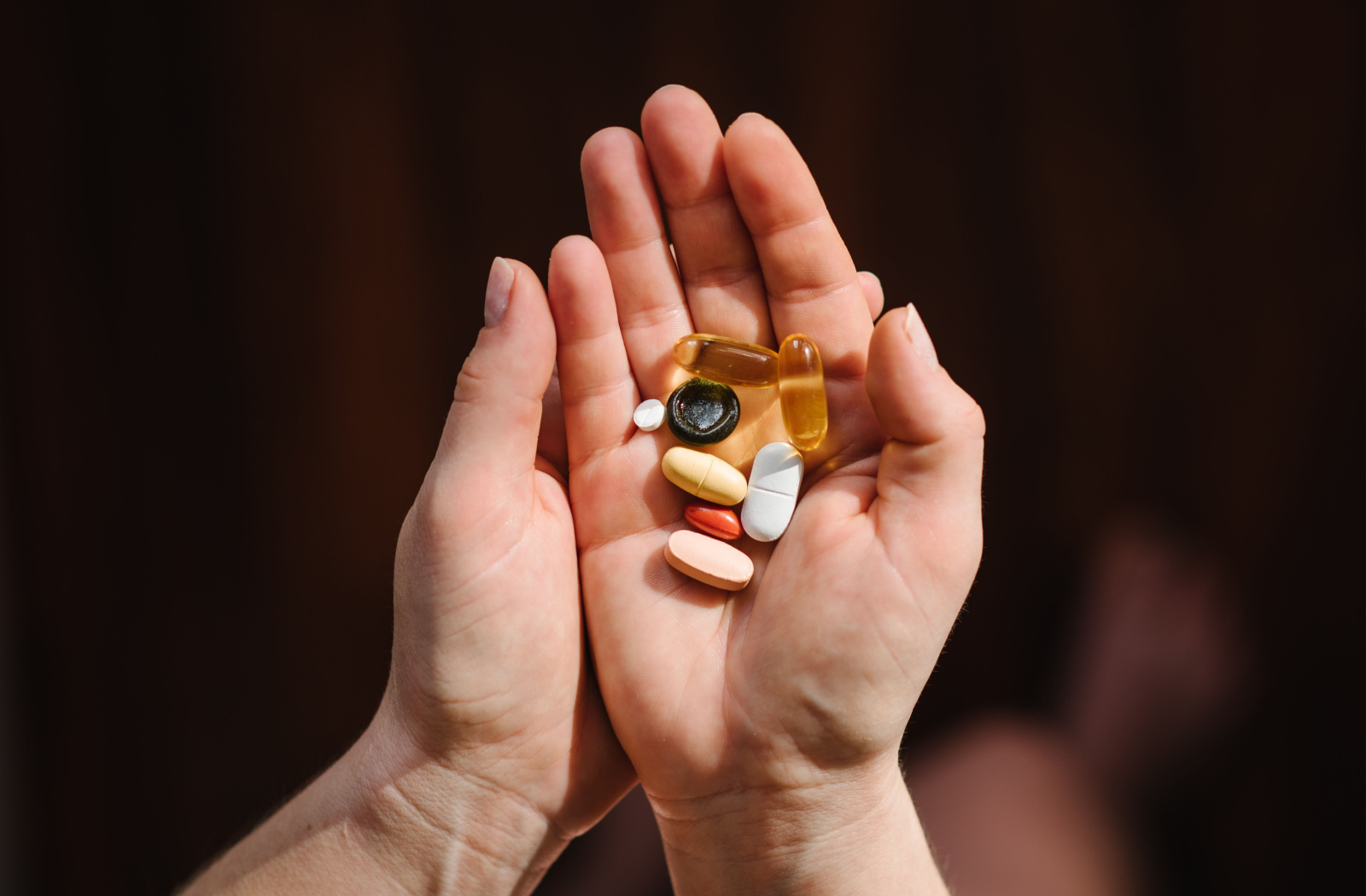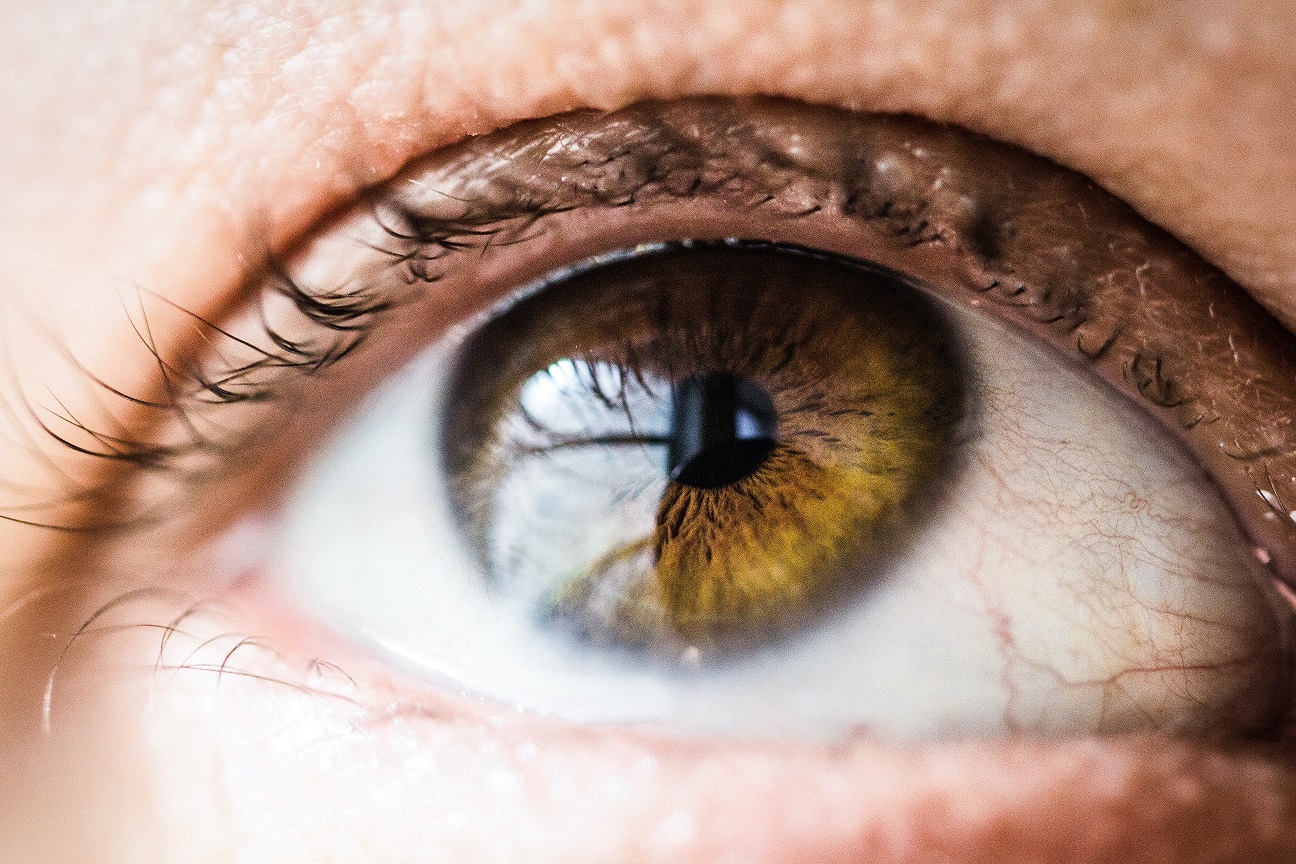Watery eyes can be a nuisance especially if it occurs often and interferes with your daily activities. Why does this happen and what is the cause of it? There are several reasons why your eyes may get watery. Below are 5 possible causes:
- Dry Eye. In some cases of dry eyes, a sign of this condition is watery eyes.
- Allergies. Your eyes respond to an allergen as a danger and water in an attempt to remove the allergen from your eyes.
- Infection. An eye infection can cause your eyes to become watery, especially a viral infection.
- Narrow drainage system (or nasolacrimal duct obstruction). If the drainage is narrow there is no proper tear outflow and the tear amount increases.
- Tear reflex. In extreme wind or coldness, our eyes water naturally in response to these conditions.
In today’s blog, we will outline how watery eyes relate to dry eyes and how an eye doctor can help to reduce this symptom.
Dry Eye – How it Relates to Watery Eyes
Dry eye is a common condition that affects almost 20-30% of Canadians. A specific type of dry eye that causes watery eyes is meibomian gland dysfunction (MGD).
MGD affects the glands in the eyelids that create oil in the tears. It is an eye condition where there is not enough oil in the tears and the tears dry up faster than normal.
As the tears evaporate quickly, it sends a signal to the brain to produce even more water in the tears and causes an overproduction of water. MGD is a condition caused by several factors such as aging, hormonal changes, certain medications and systemic conditions.
If you are bothered by grittiness, irritation and watery eyes, an optometrist can provide a tailored treatment plan for you. Let’s go over how an optometrist can help.
Treatments for MGD

To address MGD, it is necessary to unclog the glands and produce more oil in the tears. At-home therapies may include a warm compress to unblock the glands. It is important to use a mask that can maintain heat for a prolonged period of time such as a Bruder Mask.
For some patients, their MGD is more severe and warm compresses are not enough to address their blocked glands. With these types of cases, an optometrist will reach for more treatments in their dry eye toolbox.
In-office procedures are the new standard to treat chronic cases of MGD. These procedures include LipiFlow, Intense Pulsed Light (IPL), iLux and Radiofrequency (RF). These in-office treatments apply a significant amount of heat and pressure to unblock the oil glands.
In-Office MGD Treatments – Your Optometrist Can Help!
Don’t suffer with watery eyes for any longer. Visit a MyDryEye clinic that has a doctor with dry eye knowledge and in-office procedures to treat your MGD. Your doctor will examine your eyes thoroughly and discuss which treatment is the best one for you.









